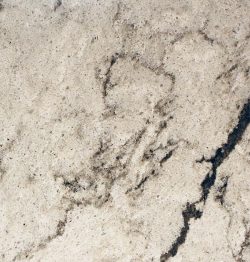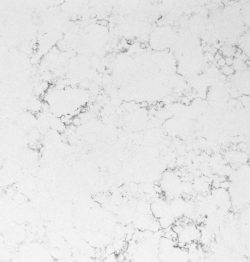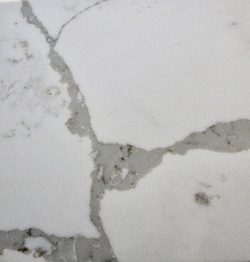 Quartz countertops have grown rapidly in popularity over the last decade. They offer all the benefits of a natural stone but with the added practical benefits of manmade enhancements. Stylishness, brilliance, durability and low maintenance are just a few of the reasons to consider quartz for the kitchen, bathroom or other application. If you are investigating quartz countertops as an option for your home, you probably want to know more about this exciting material.
Quartz countertops have grown rapidly in popularity over the last decade. They offer all the benefits of a natural stone but with the added practical benefits of manmade enhancements. Stylishness, brilliance, durability and low maintenance are just a few of the reasons to consider quartz for the kitchen, bathroom or other application. If you are investigating quartz countertops as an option for your home, you probably want to know more about this exciting material.
Before it is a countertop, quartz itself is a mineral. In fact, it is one of the most common minerals on Earth and is found in most types of rocks – igneous, metamorphic, and sedimentary. Pure Quartz is clear or transparent, but quartz in general comes in a variety of colors, depending on what else is in Mother Nature’s mix and from surrounding elements – pure quartz is what gives ordinary rocks their sparkle!
Quartz is found in many sizes and shapes and is usually mined from veins. It can be mined in small, globular-type masses deep beneath the surface, or as sharp crystals that look like salt, anywhere from dusty granules of salt to larger pieces, much like rock salt, from the surface. As quartz is very hard, it does not erode – this means that large rocks containing quartz over time may be eroded by wind and water, leaving behind the crystals. White sand beaches are often mostly comprised of quartz!



